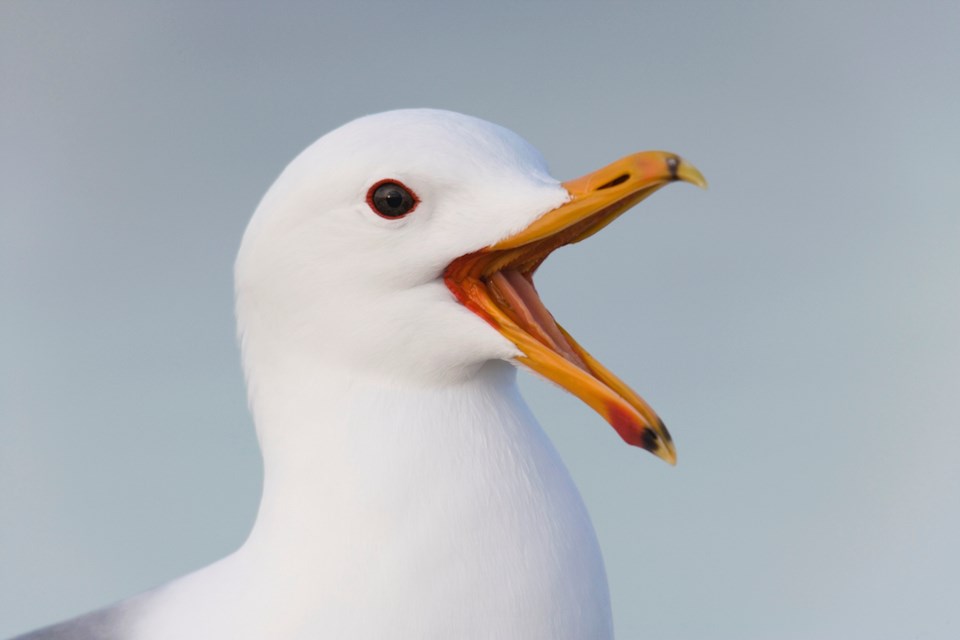If the Sunshine Coast’s birders were mysteriously denied access to their calendars …they would go for a field trip and declare that it was late August! The clues are everywhere, in the birds present and those missing, both on land and water.
To non-birders, the gull family is a black hole of identification nightmares. About 20 different species of larids (gulls) have been reliably reported on the Sunshine Coast and sorting out individual birds to species can be difficult and frustrating. Many species look alike to the uninitiated, but careful perusal of size, bill, eye and leg colour, amount of black feathers in the primaries, habitat and location, will usually lead to a specific identification. An additional complicating factor is the juvenile and immature plumages of the various species, as most species take three to four years to acquire their adult plumage and the immature plumages are in a constant state of transition.
The default gull on the Sunshine Coast at any time of the year is the glaucous-winged gull. However, in August there is huge influx of California gulls returning from Interior and Prairie nesting locations and presently large numbers of gulls roosting at Mission Point or Roberts Creek are likely to be this species. Numbers will diminish to virtually zero as the fall and winter progress. The head of Porpoise Bay is an excellent location to study gulls and in late August it should yield Bonaparte’s, short-billed and a few ring-billed. (Note that recently the taxonomists have renamed mew gull to short-billed gull.) If you are lucky, you might identify a Franklin’s gull here, as we average about one per year at this location. In recent years Heermann’s gull has appeared on the Sunshine Coast in increasing numbers in late summer. This gull used to be confined to the outer coast, penetrating only into the Strait of Juan de Fuca. It is now regular on the Sunshine Coast in August and early September, and on Aug. 16 there was a record high 20 birds roosting at Mission Point. Reasons for the increase are unknown.
Apropos of my opening paragraph, other clues to the time of year include the absence of swallows other than barn and purple martin; the other species having departed for points south. The last week of August is generally the final week for rufous hummingbirds at your feeder, though there may be the odd lingerer. Anna’s hummingbirds are, of course, a very common year-round resident at feeders. On the waters of the Salish Sea the first red-necked grebes of the fall/winter have been noted.
This Aug. 15th was notable for Sunshine Coast birders when John Hodges found a new species for the local checklist, an eastern yellow wagtail. This species breeds on the Arctic coast of the Yukon but migrates westward to winter in Asia and has only ever been reported a few times in B.C. The bird was present for a few hours and was seen by most of the Coast’s keen birders.
To report your sightings or questions contact [email protected] or 885-5539. Good Birding.



